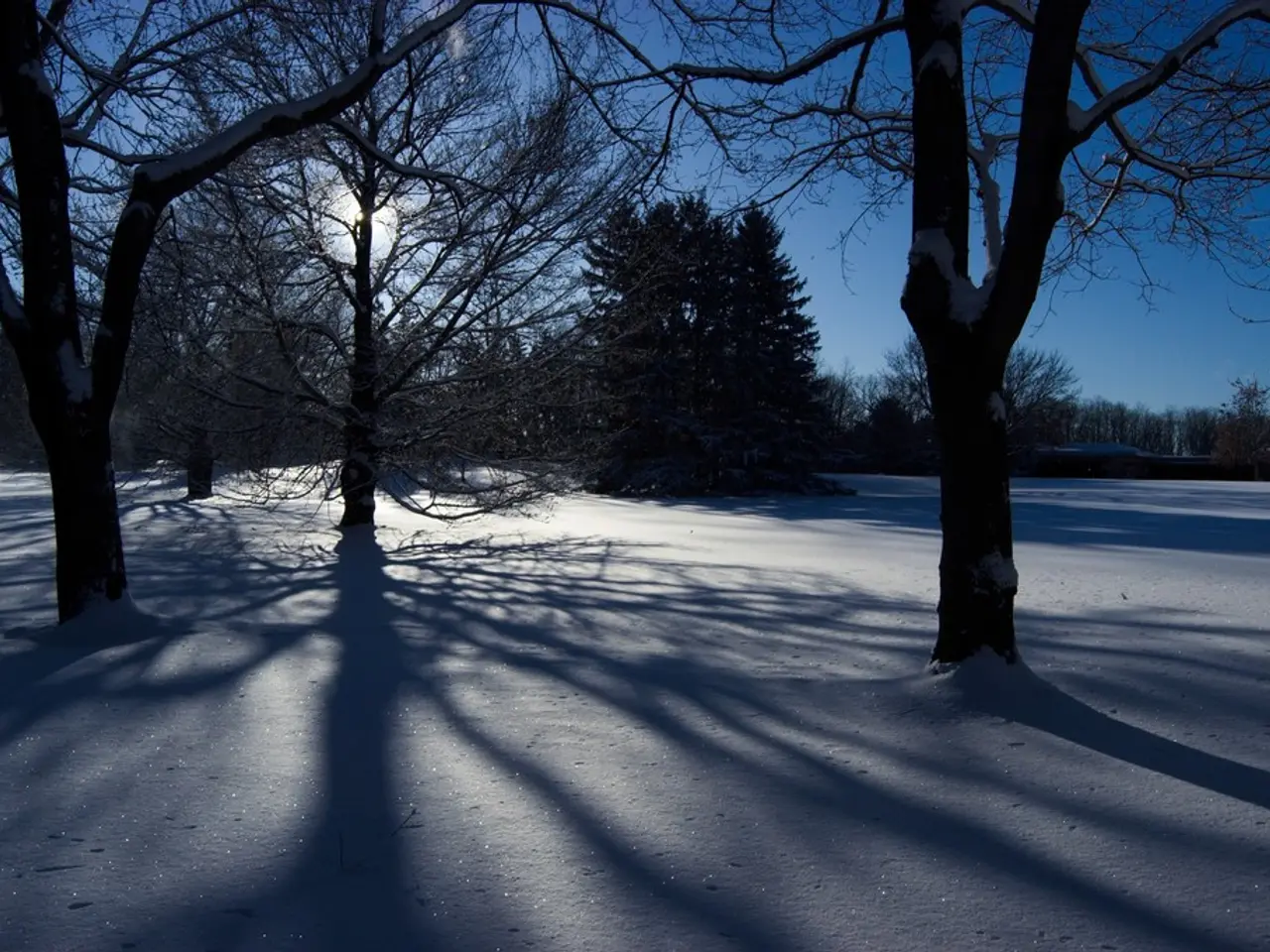Strategies to Shield Plants from Frost: Top Methods for Maintaining Plant Warmth and Safety
Surviving Winter with Plant Freeze ProtectionUnderstanding the Differences between Frost and FreezeProtecting Your Plants from Frosty NightsStrategies for Warming Frozen LandscapesCaring for Frost-Damaged PlantsFAQ: Keeping Your Garden Blooming
Surviving Winter with Plant Freeze Protection
With the unpredictable weather these days, figuring out how to protect plants from a freeze has become essential when winterizing your garden. Freezing temperatures can swiftly decimate plants, especially after a sudden warm spell, making it crucial to understand the ins and outs of frost and freeze to keep your plants thriving.
Understanding the Differences between Frost and Freeze
Before we dive into the methods of protecting your garden from freezing, let's first clarify a common misconception between frost and freeze.
Frost occurs when cold temperatures cause ice crystals on the surface of the leaves, usually affecting the uppermost portion of plants. This issue, while still a concern, generally only harms flower buds that have broken dormancy and doesn't do extensive damage. A freeze, however, is a more worrisome occurrence, damaging and potentially killing your plants due to the freezing of the air inside the plant tissues, leading to wilted, blackened, and collapsed foliage.
A freeze can be either an advection freeze or a radiation freeze. Advection freeze happens when a cold air mass is blown into a windy area, while radiation freeze occurs through heat loss from the ground to the atmosphere, particularly on calm nights.
Protecting Your Plants from Frosty Nights
During the planning stages of your garden, selecting frost-tolerant and cold-hardy plants suited to your USDA hardiness zone is one of the most effective frost-prevention strategies. Be sure to choose plants that can thrive in temperatures lower than your region, such as selecting zone 8 plants if you live in zone 9.
Another valuable approach to protecting your plants before the cold arrives is to plant perennials and shrubs in wind-protected locations, such as near concrete or stone buildings or beneath tall trees. This can help shield plants from cold winds, preventing frost injuries.
When the frosty nights start rolling in, you can boost your plant protection arsenal by employing various techniques.
Watering Plants
Watering plants before you expect a freeze can significantly help them withstand cold temperatures. Moist soil tends to freeze at a higher temperature than dry soil, thereby offering an extra layer of protection to your plants.
Windbreaks
Windbreaks, such as structures, fencing, or a combination of both, can help establish a barrier against cold winds, protecting your plants from frost damage.
Covering Your Plants
Covering your plants is the ultimate method of providing warmth during frosty weather. Use mulch, burlap, sheets, blankets, or even plant freeze protection tarps to safeguard your landscape plants from frost damage. To eliminate contact with the foliage and prevent leaves from freezing to the cover, elevate them with stakes, wire loops, PVC pipes, or even patio furniture.
Heat Source
Optimize the effect of your coverings by placing a heat source, like a simple 60-watt light bulb, underneath your makeshift blanket, delivered warmth, and care for your cold-weather garden. Just be sure to place it in a non-hazardous location to prevent fire risks.
Caring for Frost-Damaged Plants
When the winter freeze finally does its damage, it's essential to know how to deal with the fallout. Symptoms of frost damage include water-soaked, darkened areas that appear within 24 hours of the frost. When you catch frost damage early, you can take advantage of prompt intervention to help your plants recover.
Follow these strategies for reviving your frost-damaged plants:
- Watering: Check the moisture needs of your plants after a freeze, as frost damage might affect their water uptake process. When the weather warms up, be sure to water your plants properly to restore moisture balance and encourage healthy new growth.
- Adjust Harvest Timing: Frost-damaged crops have altered ripening processes; be vigilant in checking for signs of optimal ripeness and harvest accordingly.
- Support Plant Recovery: Administer amino acids or protein hydrolysates to frost-damaged plants, boosting their cell wall strength and resilience, while enhancing their frost resistance in the future.
FAQ: Keeping Your Garden Blooming
At What Temperature Should I Cover My Plants?
Cover your plants as soon as temperatures are forecast to drop below 32°F (0°C).
Will Garbage Bags Protect Plants from Frost?
Plastic bags provide some level of frost protection, although they may not be as effective as other, more specialized covers.
Should You Water Plants Before Covering for a Freeze?
Yes, watering plants prior to covering them can help keep the soil and the plants from freezing outright.
- In the planning stages of your garden, selecting frost-tolerant and cold-hardy plants is an effective frost-prevention strategy, ensuring plants can thrive in temperatures lower than your region.
- When the frosty nights start rolling in, watering the plants and employing coverings like mulch, burlap, or tarps can significantly help them withstand cold temperatures, providing an extra layer of protection.




